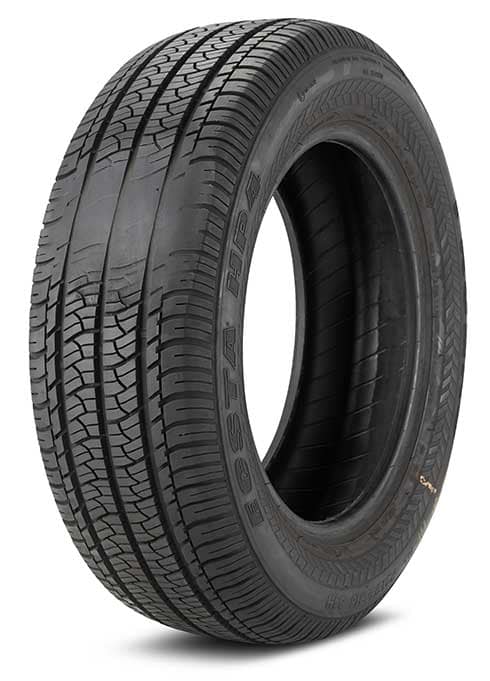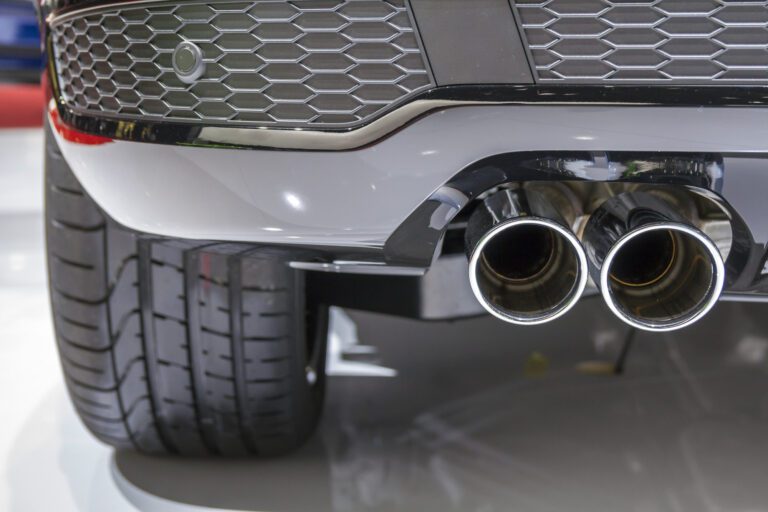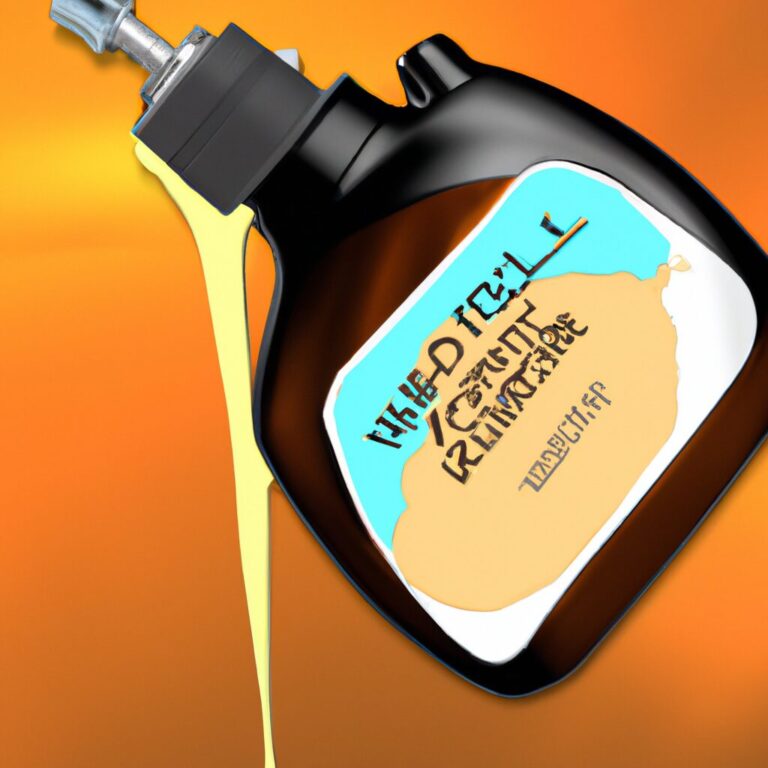How to Fix a Flat Spot on a Tire
To fix a flat spot on a tire, deflate the tire completely, re-inflate it to the recommended pressure. A flat spot on a tire occurs when a vehicle remains stationary for an extended period, causing a portion of the tire to flatten out.
This can lead to uneven wear, affecting the tire’s performance and longevity. Fortunately, addressing a flat spot promptly can help prevent further damage and ensure safe driving. By following a few simple steps, you can easily fix a flat spot on a tire and get back on the road with confidence.
Let’s explore effective methods to remedy this common issue and keep your tires in top condition.

Credit: www.cadillacforums.com
Causes Of Flat Spots On Tires
Flat spots on tires can be a nuisance, affecting the smoothness of your ride and potentially causing safety concerns. Identifying the causes of flat spots on tires is the first step in understanding how to prevent and fix them. Here are some common factors that can contribute to flat spots on tires:
Braking And Skidding
Excessive braking or skidding can lead to flat spots on tires. When you apply sudden and forceful braking, especially in emergency situations, it can cause the tires to lock up and slide along the road surface. This results in localized wear and can create flat spots on the affected areas of the tires.
Improper Storage
Improper storage of tires can also cause flat spots. When tires are stored for extended periods without being moved or rotated, the weight of the vehicle can compress the tires in certain spots, causing them to develop flat areas. This is especially common in vehicles that are stored for long periods during the off-season or in storage facilities where tires are not rotated or moved regularly.

Credit: m.youtube.com
Identifying Flat Spots On Tires
Identifying flat spots on your tires is crucial for maintaining road safety and vehicle performance. Flat spots can occur due to heavy braking, improper storage, or prolonged parking in the same position. By detecting flat spots early, you can prevent further damage and ensure smooth driving experience.
Visual Inspection
Inspect your tires visually for any irregularities on the surface. Look for visible signs of wear like flattening or uneven patches along the circumference of the tire.
Vehicle Vibrations
Pay attention to any unusual vibrations while driving, especially at specific speeds. Vibrations can indicate flat spots on your tires, causing discomfort and affecting the overall handling of your vehicle.
Preventing Flat Spots On Tires
Regularly Driving The Vehicle
Driving the vehicle regularly helps prevent flat spots on the tires by keeping them in motion.
Proper Tire Inflation
Maintaining optimal tire pressure ensures even weight distribution and avoids flat spots.
Fixing Flat Spots On Tires
Fixing flat spots on tires is crucial for maintaining safe and smooth driving. Flat spots are areas on a tire where the rubber has worn down unevenly, often causing a noticeable thumping or vibration while driving. Luckily, there are several methods to rectify flat spots and prolong the life of your tires. In this guide, we’ll delve into the process, providing step-by-step instructions for each method. Let’s get started by discussing the importance of rotating the tires.
Rotating The Tires
Regularly rotating your tires can help prevent flat spots from forming. Tire rotation involves moving each tire to a different position on your vehicle to ensure even wear. For instance, front tires wear differently than rear tires due to steering and driving forces. By rotating the tires according to your vehicle manufacturer’s recommendations, you can promote uniform tread wear and minimize the risk of flat spots. Keep in mind that proper tire rotation patterns vary based on your vehicle’s drivetrain, so consult your owner’s manual for guidance.
Balancing And Alignment
Balancing and alignment are vital for preventing flat spots. Tire balancing involves adjusting the weight distribution around the tire to eliminate vibrations. Wheel alignment ensures the tires make proper contact with the road surface, reducing uneven wear and flat spots. When experiencing flat spots, it’s essential to have a professional technician inspect the tires for proper balancing and alignment. Addressing any imbalance or misalignment promptly can help prolong the life of your tires and enhance driving safety.
Replacing Tires With Irreparable Flat Spots
When faced with a flat spot on a tire, it’s important to assess the severity of the damage and take appropriate action. In cases where the flat spot is irreparable, it becomes necessary to replace the tire altogether. This ensures the safety and performance of your vehicle on the road.
Tread Depth And Wear Indicators
To determine the need for tire replacement, it’s crucial to examine the tread depth and wear indicators. Tread depth refers to the measurement between the surface of the tire and the deepest part of the grooves. This depth directly affects the tire’s ability to grip the road and maintain control, especially in wet or slippery conditions.
Tire manufacturers incorporate wear indicators, also known as tread wear bars, in the tire design. These indicators are typically located at regular intervals across the tire’s tread. When the tread wears down to the same level as these indicators, it’s a clear indication that the tire needs to be replaced.
Regularly checking the tread depth and wear indicators is essential to prevent driving on tires with low traction, reduced braking capabilities, and increased risk of hydroplaning.
Consultation With A Professional
If you’re unsure about the severity of a flat spot on a tire or whether it warrants replacement, it’s always advisable to seek professional advice. Consulting with a tire specialist or mechanic ensures that you make an informed decision regarding your tire’s condition.
These professionals have the expertise to assess tire damage accurately and provide the necessary guidance. They can recognize signs of irreparable flat spots and recommend appropriate tire replacement based on safety regulations and industry standards.
By consulting with a professional, you can have peace of mind knowing that you’re making the right decision for your vehicle’s safety and performance on the road.

Credit: www.tirerack.com
Frequently Asked Questions For How To Fix A Flat Spot On A Tire
Is There A Way To Fix Flat Spots On Tires?
Yes, there are ways to fix flat spots on tires. You can try rotating the tires, which may help redistribute the weight and minimize the flat spots. Another option is using tire warmers or heating the tires to help reshape them.
However, severe flat spots might require tire replacement.
Will Flat Spot On Tire Correct Itself?
A flat spot on a tire may correct itself with regular driving. If the flat spot is minor and caused by temporary storage, driving the vehicle can help the tire regain its original shape. However, in some cases, the flat spot may require professional inspection and repair.
Is It Bad To Drive On Tires With Flat Spots?
Driving on tires with flat spots can cause uneven wear, vibrations, and potential safety issues.
What Does A Flat Spot On A Tire Sound Like?
A flat spot on a tire sounds like a thumping or rhythmic noise while driving. It can create vibrations and uneven wear on the tire.
Can A Flat Spot On A Tire Be Fixed?
Yes, a flat spot on a tire can be fixed through various methods depending on the severity of the damage.
What Causes A Flat Spot On A Tire?
Flat spots on tires can be caused by extended periods of parking, heavy braking, or uneven weight distribution.
How Noticeable Is A Flat Spot On A Tire?
The severity of a flat spot on a tire determines its noticeability, with larger flat spots causing more vibration and noise.
Conclusion
Fixing a flat spot on a tire is a manageable task that can extend the life of your tire. By following simple steps such as rotating your tires regularly and ensuring proper inflation, you can prevent flat spots from occurring.
Remember to always consult a professional for any tire-related concerns. Regular maintenance and care are key to optimal tire performance and safety.


